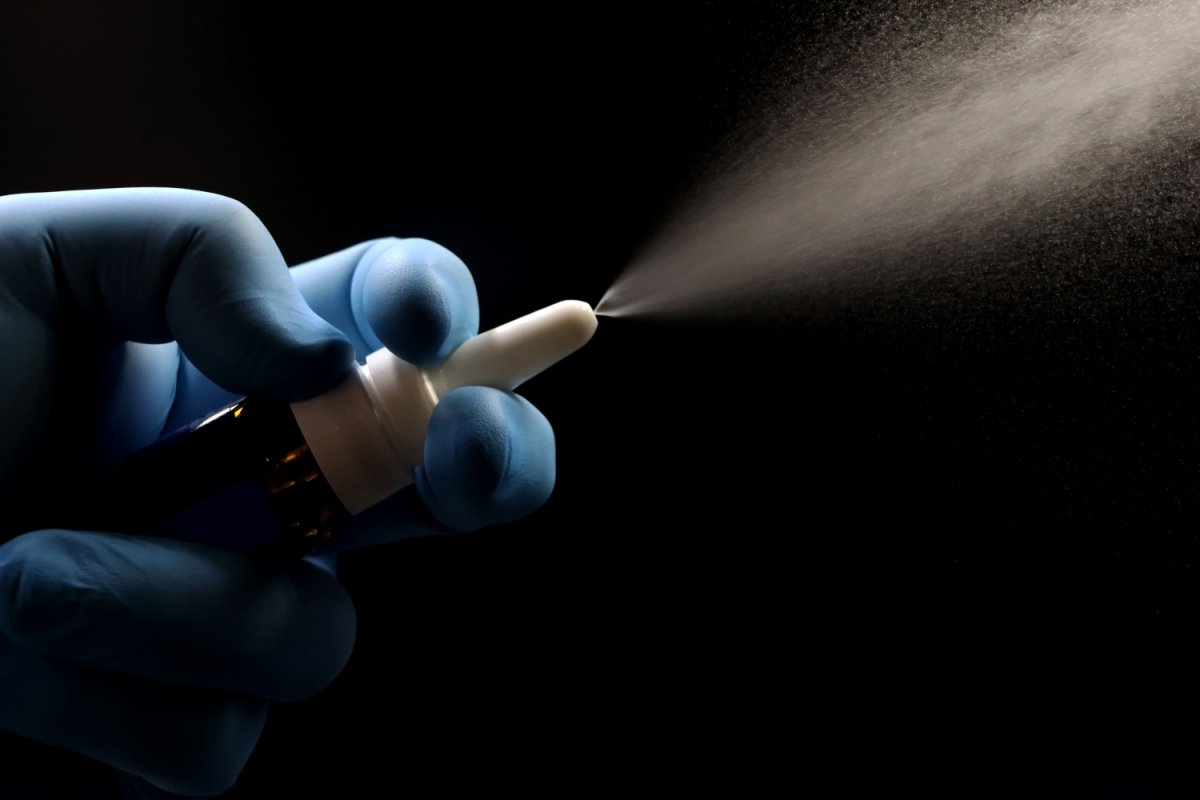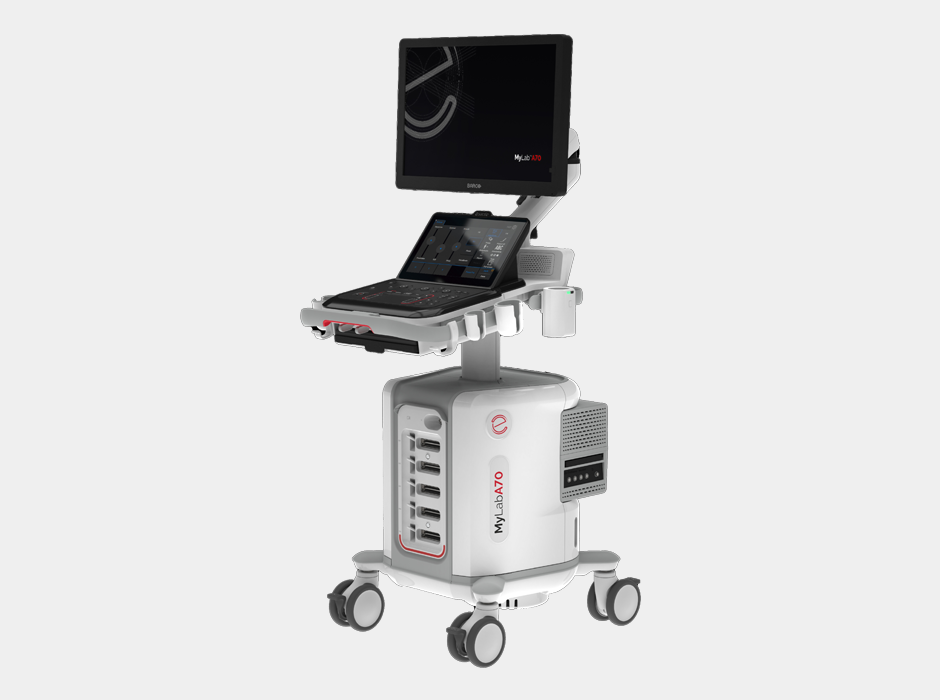The US Food and Drug Administration (FDA) has approved a new indication for Jazz Pharmaceuticals’ (Nasdaq: JAZZ) Xywav for idiopathic hypersomnia (IH) in adults. IH is a rare chronic sleep disorder that causes people to be extra sleepy during the daytime despite getting eight or nine hours worth of a good night’s sleep.
With the FDA green light, Xywav has become the first drug approved for IH. This, despite the drug having strict regulations and safety concerns.
Approximately 37,000 Americans are currently diagnosed with IH and are actively seeking care for it.
Xywav (calcium, magnesium, potassium and sodium oxybates) is an oral solution that is used to treat cataplexy (sudden onset of muscle weakness or paralysis) or excessive daytime sleepiness (EDS) in patients with narcolepsy. Its key active ingredient is gamma-hydroxybutyrate, or GHB, which is a naturally occurring neurotransmitter and psychoactive drug. In some brain areas, it is the precursor to GABA, glutamate and glycine.
With the new approval, Jazz Pharmaceuticals said it plans to make Xywav available to IH patients later this year after implementing the FDA’s Risk Evaluation and Mitigation Strategies (REMS). Xywav is only available through a restricted program under REMS called the Xywav and Xyrem REMS.
Related: How Sunrise’s Sleep Apnea Test Could Be A Game Changer For At-Home Testing
IH is a debilitating neurologic sleep disorder marked by chronic excessive daytime sleepiness, where individuals are unable to stay awake and alert during the day, resulting in the need to sleep or falling into unplanned and involuntary sleep lapses or drowsiness. This is dangerous and potentially life-threatening if individuals are affected while working or driving. Symptoms can also include severe sleep inertia or “sleep drunkenness” (difficulty waking up with frequent re-entries into sleep, confusion and irritability), as well as prolonged, non-restorative nighttime sleep, unrefreshing naps and cognitive impairment.
GHB has a long and interesting history. According to an article in the New York Times, it was first used in the 1960s to induce a lower state of consciousness during childbirth. Illicit varieties of the drug cropped up in the 1990s, lending it notoriety as a “date rape drug.” GHB has now become a strictly regulated medication for treating narcolepsy, which is also associated with excessive daytime sleepiness. At low doses, the drug can induce euphoria and sexual arousal, while at higher doses, it can induce unconsciousness.
The flagship version, Xyrem, was first approved and marketed in 2002 as the first treatment for cataplexy and narcolepsy and continues to remain as such. In 2020, it garnered $1.74 billion in sales. However, the drug will lose its market exclusivity in 2023, at which time Jazz hopes patients will shift to Xywav.
Xywav is Jazz’s fifth product launch in the last two years, among which is another sleep medication called Sunosi that is used for the treatment of persistent daytime sleepiness.
The effectiveness of Xywav was assessed in a double-blind placebo-controlled randomized-withdrawal study among 154 adult patients between the ages of 19 and 75 years old with IH. In the study, patients that were switched from Xywav to placebo had worsening measures of sleepiness and symptoms of IH compared to patients that continued treatment with Xywav.
Xyrem and Xywav have some undesirable side effects such as fatigue, anxiety, nausea, sleepwalking, hallucinations, insomnia, depression, tremors and dizziness. Xywav’s label warns of the drug having potential for abuse and misuse given that it’s a central nervous system depressant. This is why the drug is only available through an FDA REMS restricted program, which is required for both providers and patients.












Join or login to leave a comment
JOIN LOGIN